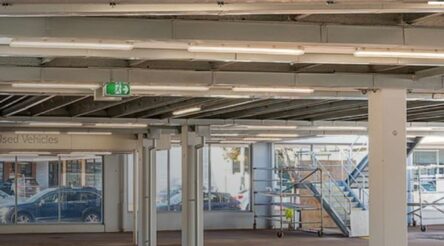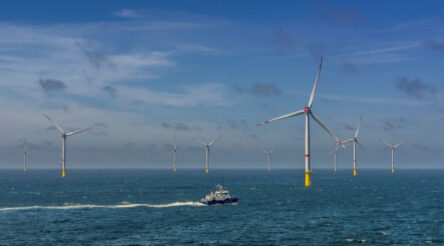Research looks at additive manufacturing opportunity for Australian agriculture

A new report has found agricultural industries could benefit by adopting 3D printing, though there are limitations such as a lack of well-known examples and concerns about the strength and durability of printed parts.
Additive manufacturing opportunities for Australia’s agriculture, fisheries and forestry sectors was released by AgriFutures Australia on Wednesday.
It found that on-demand production of parts for replacement (due to breakage or obsolescence) provided an immediate opportunity.
A medium-term investment opportunity for companies was in “bespoke or semi-bespoke application areas” as well as the necessary training for this.
“Thinking differently about product design and distribution will support new opportunities outside of traditional global manufacturers and distributors,” said lead author Dr Lee Clemon in a statement.
The report said the main limiter to adoption in on-farm and on-boat situations was a lack of knowledge and experience, “partly because there are few, if any, suppliers in the agriculture sector,” the report says.
Another limiter was concerns about reliability of printed components in tough environments.
Case studies cited included CNH Industrial, parent company of machinery brands Iveco, New Holland and Case IH, which brought 3D printing into its operations in 2019 for producing components and spare parts. All products were printed locally and on-demand within 24 to 36 hours from the time of ordering, with quicker turnaround times, reduced warehousing burden and other benefits.
“Our inventive producers can customise tools for their operations or replace parts either by working with a technology supplier or using a machine on-site. We’ve seen examples of shovel handles, feed holders and fruit pickers; many of these home-designed objects are available through online open-source networks for individual use,” said Clemon.
“Both short-term replacements and long-term parts are made using 3D printing. Airbus has been using 3D printed brackets on aeroplanes since at least 2014. If a highly regulated industry like aviation is using this, then I’m sure we can do the same here on the ground.”
The report can be read here.
Picture: istockphoto
Subscribe to our free @AuManufacturing newsletter here.
Topics Manufacturing News
@aumanufacturing Sections
Analysis and Commentary Awards Defence Manufacturing News Podcast Technology Videos










